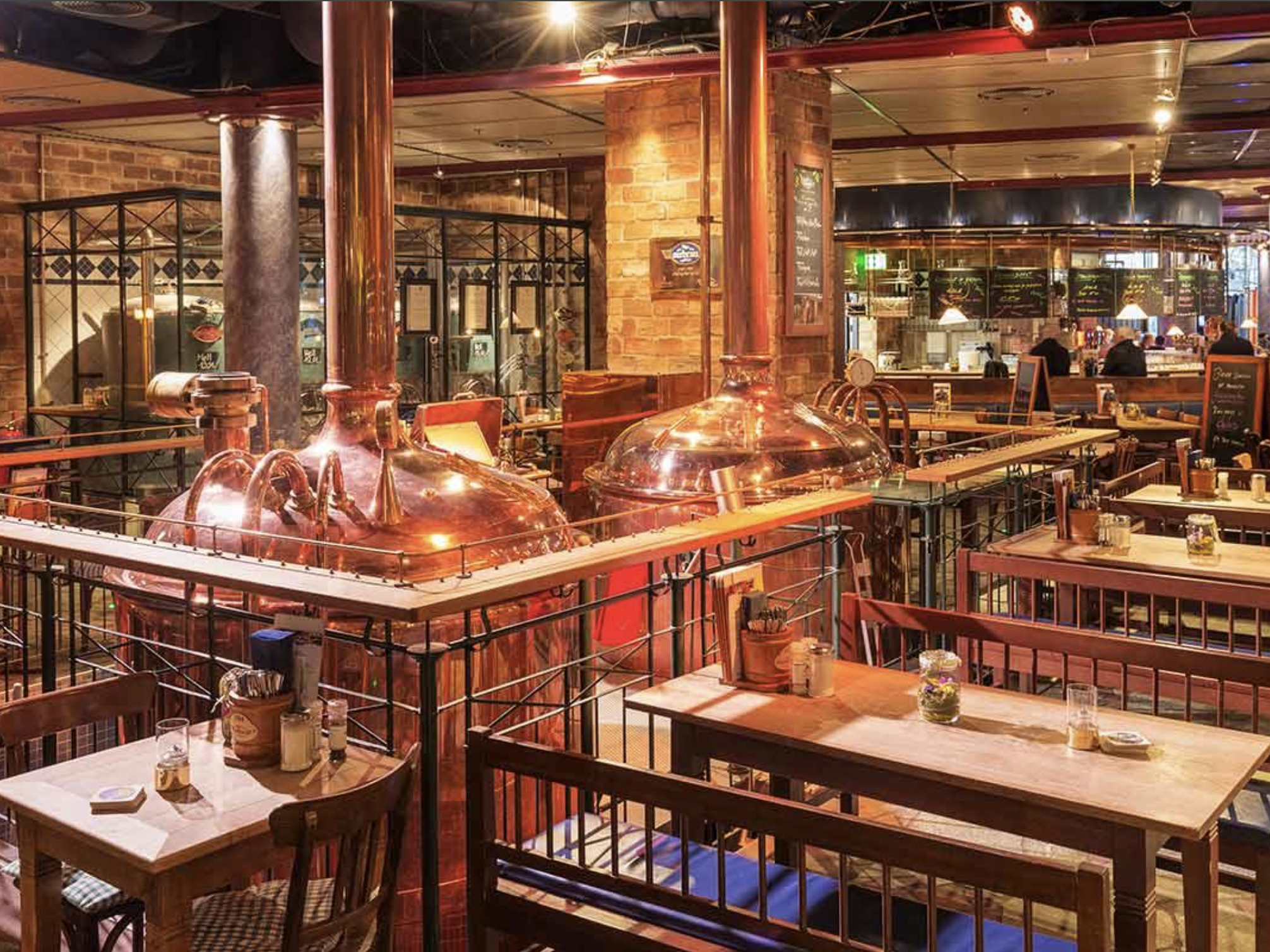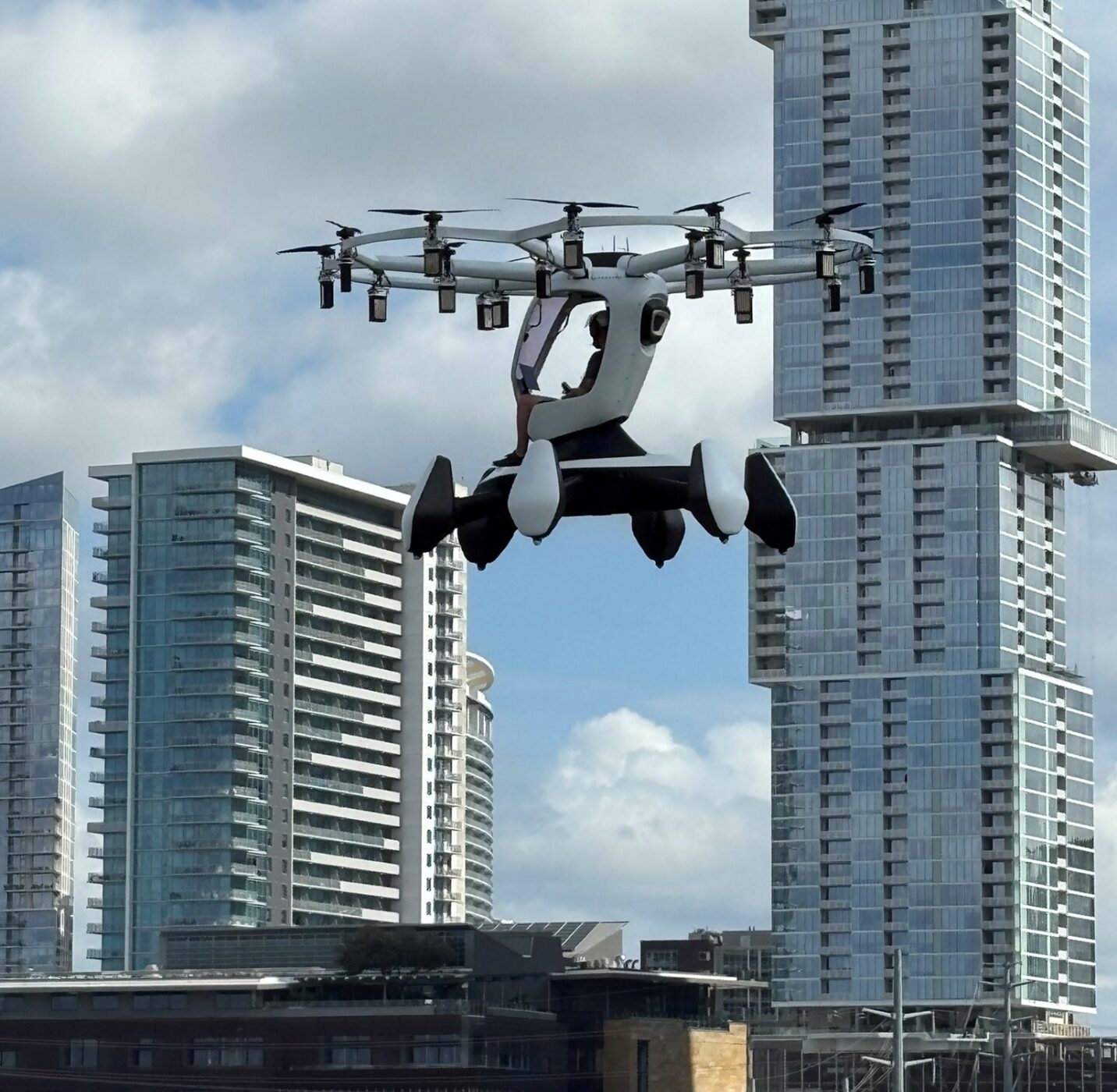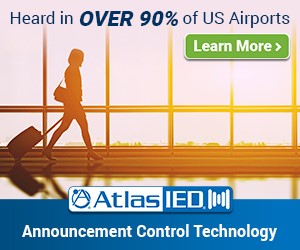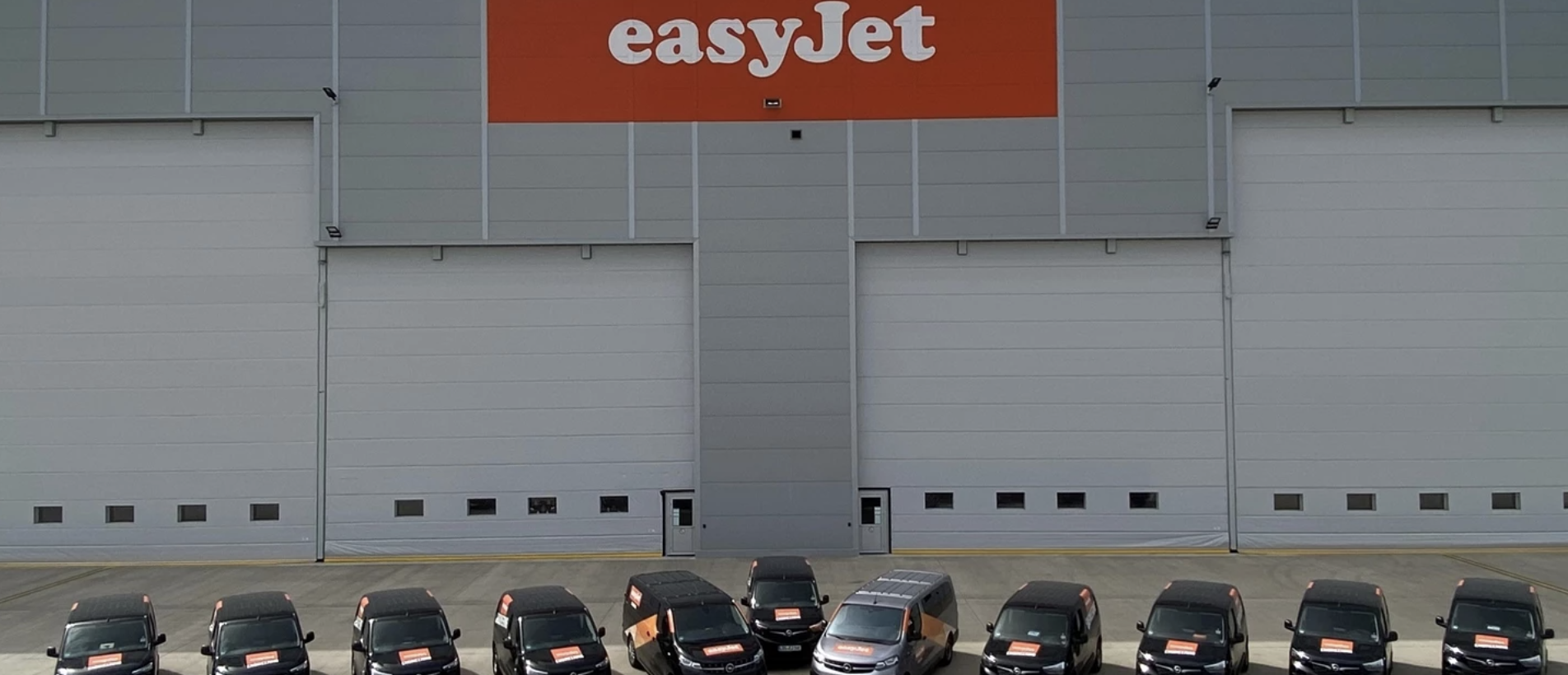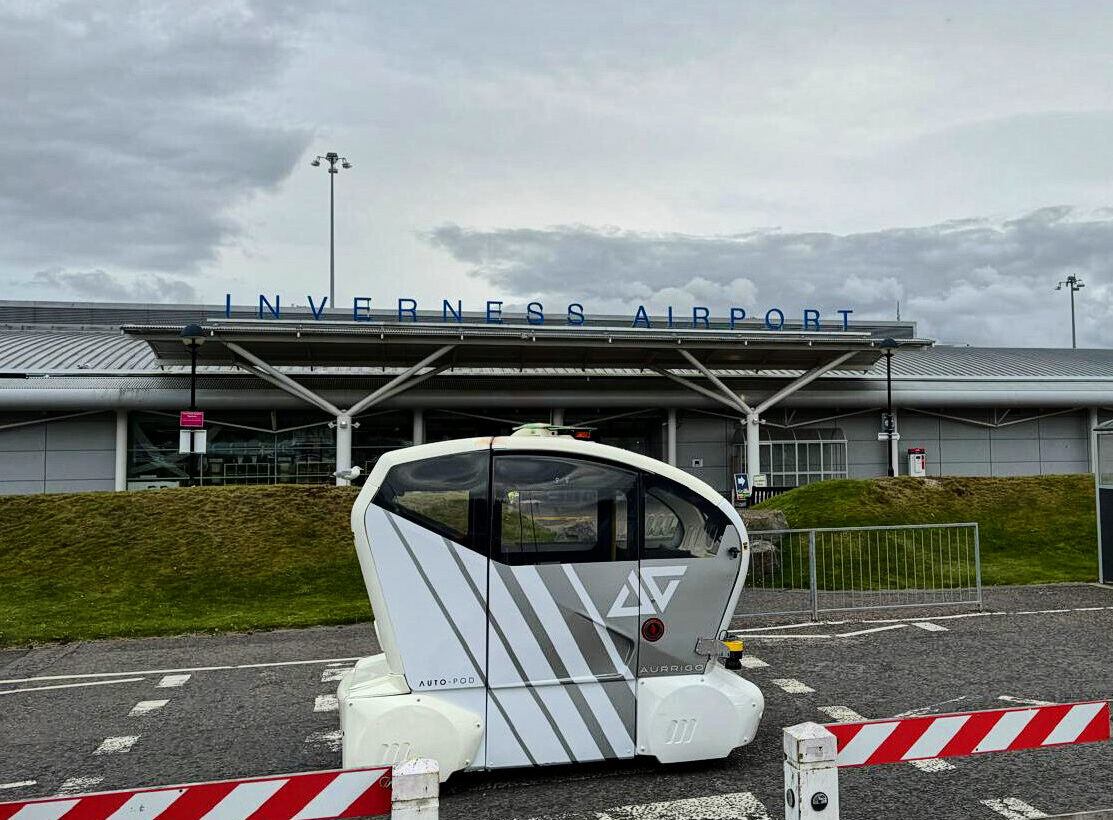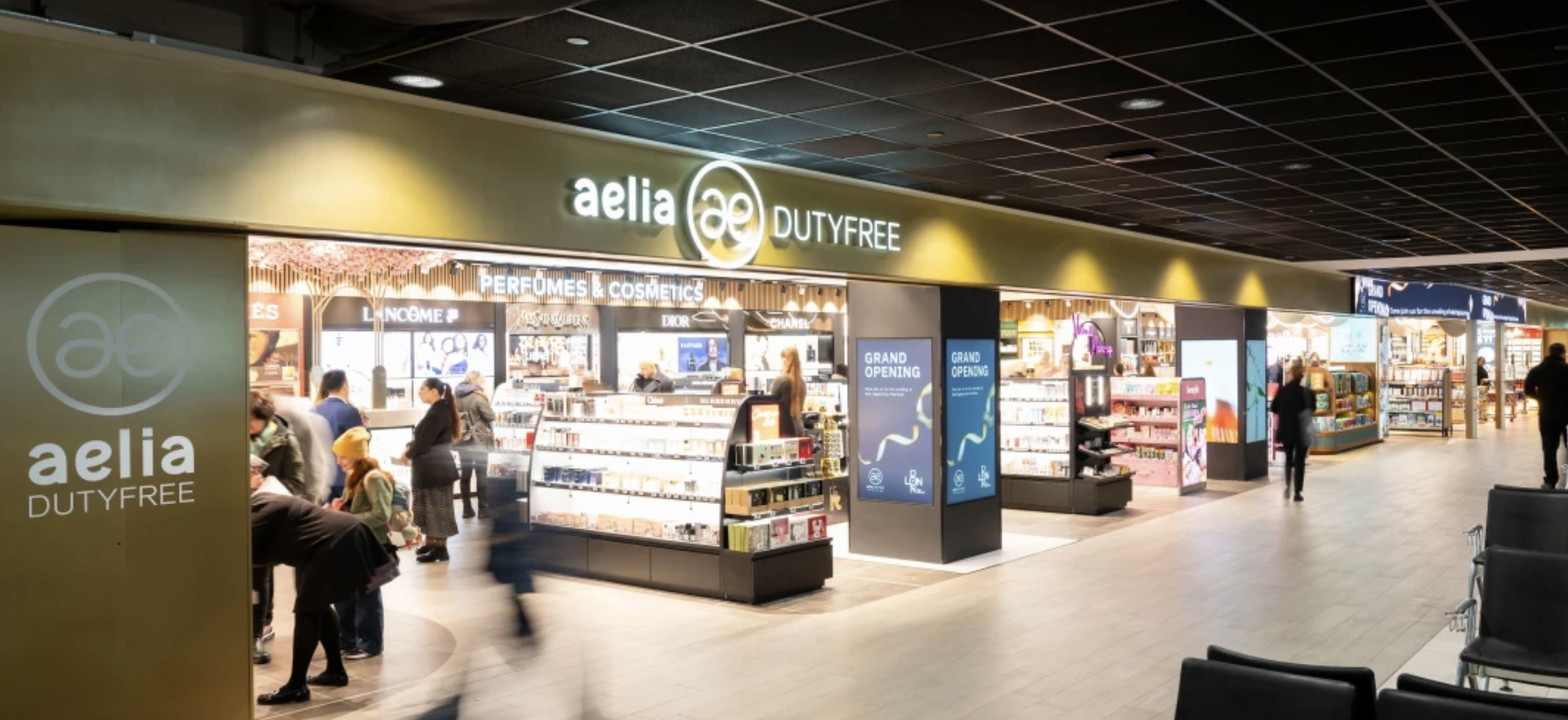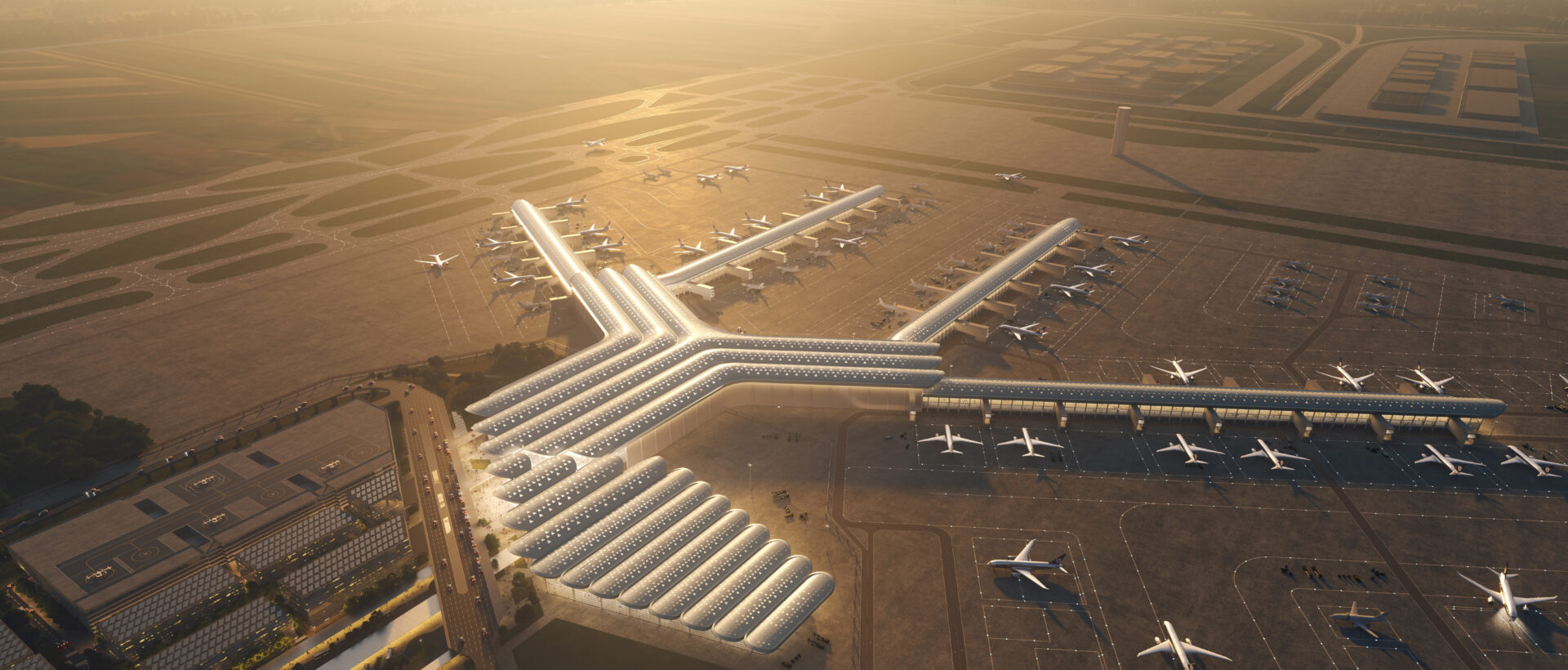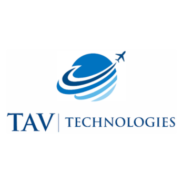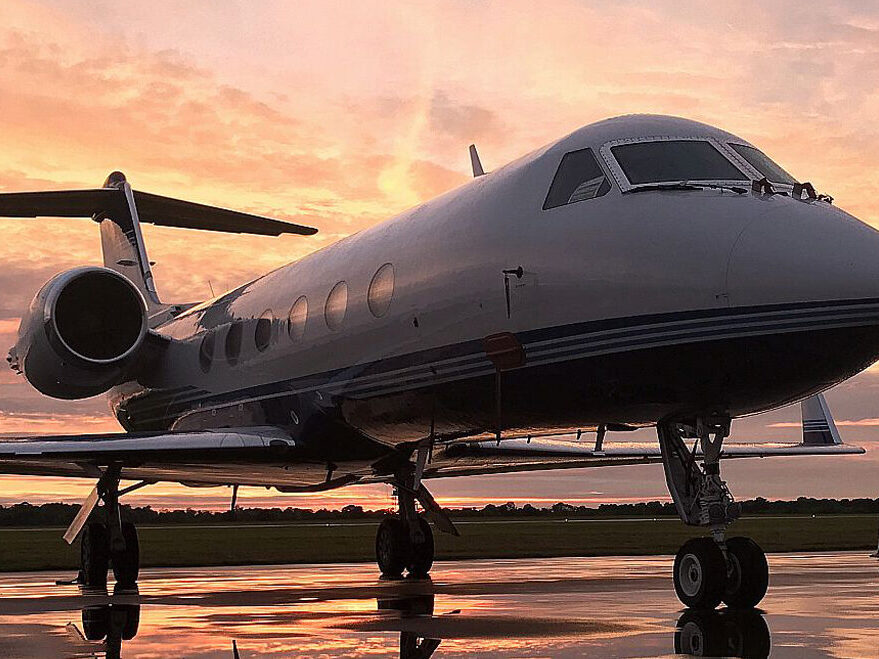By Josephina C. Sumner
Artificial intelligence (AI) technology is currently in a trial phase to help human controllers land more planes when visibility is poor at London Heathrow Airport.
The National Air Traffic Service (NATS) — who are co-conductors of the trial together with Searidge Technologies — believe the AI system has the potential to improve operational capacity and reduce delays by 20%.
As London Heathrow’s 87-metre-tall control tower is obstructed by fog and low clouds for roughly twelve days every year, planes are sometimes prevented from landing at regularly scheduled intervals during bad weather. The new technology is designed to safely put an end to these delays, and NATS intends to present the trial results to the UK’s Civil Aviation Authority at an unspecified future date.
AI feeds information to human controllers
NATS has installed 20 ultra-HD cameras across the airfield, which all link up to AIMEE: Searidge’s AI platform. This platform analyses the footage and monitors aeroplanes as they take off or land. Once an aircraft successfully clears the runway, AIMEE lets the controller — who’s unable to see the plane due to poor visibility — know. The controller can then decide whether or not to clear the next arrival based on this information.
The trial takes place in NATS’ 2.5 million GBP “digital tower laboratory” located at the base of Heathrow’s control tower. It’s outfitted with advanced AI and machine learning technology and ultra-HD 4K cameras. NATS states that this technology can drastically improve service speed for passengers. Notably, a brief delay of between just 15-20 seconds per flight can hinder the airport’s overall capacity by 20%.
Will AI replace human controllers?
Given the promise AI holds for traffic control, it’s natural to question whether the technology will eventually replace humans altogether. But, industry experts say no.
AI can only take the actions it’s been programmed to. That means it “can’t modify standard procedures”, as aerospace engineer Amy Pritchett tells The Conversation. Pritchett also explains that an aircraft’s cockpit indicators can’t always tell whether the plane’s landing gear is fully deployed — which is necessary for the plane to land safely. When this happens, the human air traffic controller needs to visually check the gear as the plane flies low over the tower. AI doesn’t have this capability. “As the scenario above illustrates, humans are likely to remain a necessary central component of air traffic control for a long time to come,” Pritchett states.
So, rather than taking over jobs completely, AI instead acts as a helper that works alongside humans — which is a role it has already adopted across various industries. For example, AI is often used to automate repetitive, everyday tasks that drain employees’ time and energy; in fact, 64% of business owners say AI improves employee productivity. As AI task automation can streamline labour-intensive workflows, employees are left to fully focus on high-value tasks.
AI needs to be better comprehended before it can be fully-embraced
The technology can also only work as long as it has the trust of pilots, as they’re responsible for the safety of planes and passengers. According to Norbert Haslacher, CEO of Austrian high-tech company, Frequentis, it is only natural to expect some doubt and scepticism among pilots at first. Yet, it’s important for the technology’s accuracy, efficiency, and safety to continually be highlighted — along with its overall potential to transform air traffic control — in order to build trust and acceptance. “AI systems use advanced algorithms and real-time data analysis to optimise flight paths and prevent collisions by early warnings to the controllers”, Haslacher explains. “Additionally, AI systems can process vast amounts of information much faster and more accurately than humans, which enables them to detect and respond to potential hazards or deviations from flight plans with greater precision and speed”.
Throughout the current trial at London Heathrow, AIMEE will analyse over 50,000 inbound flights to assess how accurate and effective the technology is. If the AI system is found to successfully speed-up take-offs and landings, reduce overall delays, and improve operational efficiency, it may be rolled out for regular use at the airport in the near future.




